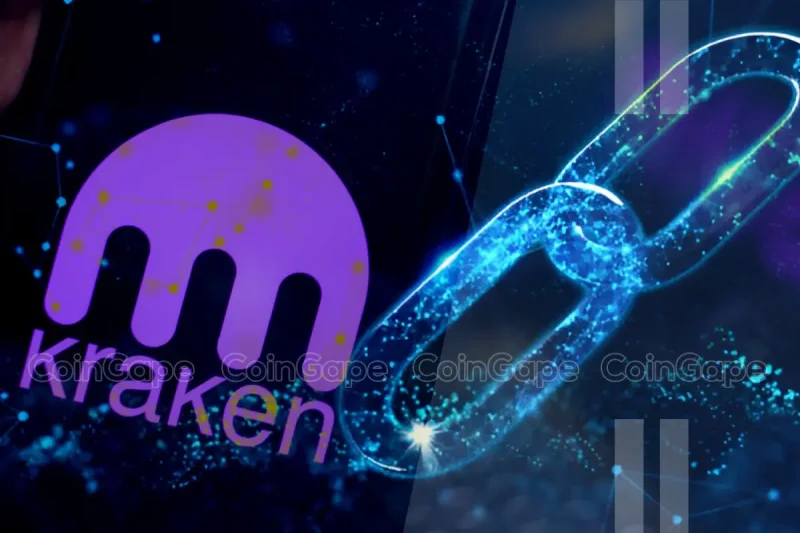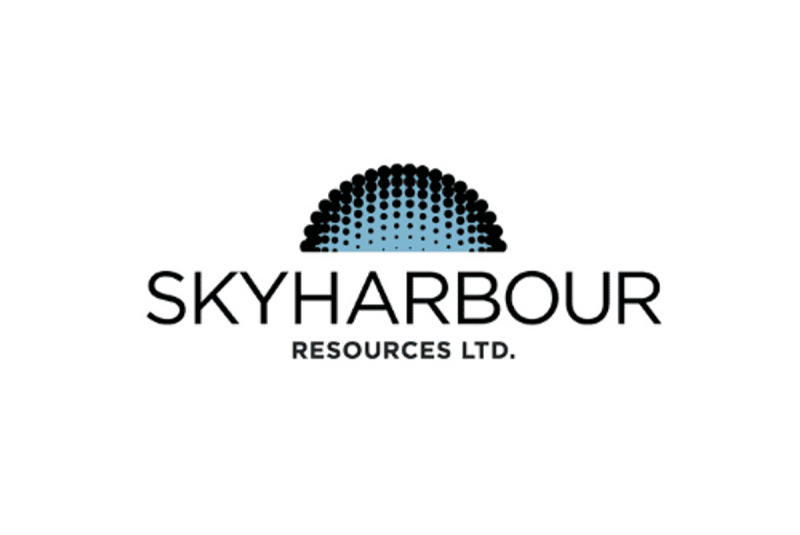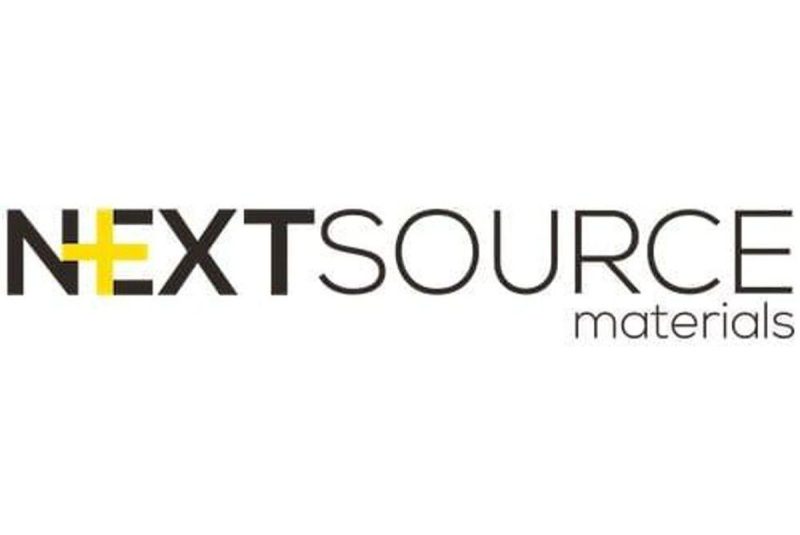Layer-1 Solutions and How They Contribute to the Blockchain’s Evolution

“Blockchain technology isn’t just a more efficient way to settle securities. It will fundamentally change market structures, and maybe even the architecture of the Internet itself.” This was a quote from Abigail Johnson, the CEO of Fidelity Investments in 2017. We are seeing this play out today. One look at the current finance industry and I’m thankful that blockchain brought an alternative means of carrying out financial transactions. You’d agree it’s been a pleasant ride so far, but the technology hasn’t been without its challenges. Some of these challenges are scalability, barriers to user accessibility, and infrastructure limitations.
This is why the emergence of innovative Layer-1 solutions has proven timely as we are no longer experiencing some of the problems that plagued the blockchain space in the early days. In this article, we’ll discuss a couple of these Layer-1 solutions and how they’ve helped the industry evolve.
The Blockchain Trilemma
The blockchain trilemma is a term coined by Ethereum co-founder Vitalik Buterin. It refers to the challenge facing three critical aspects of blockchain technology: scalability, security, and decentralization. According to Vitalik, “the trilemma claims that blockchain systems can only at most have two of the three properties at a time.” While some projects choose to follow Vitalik’s belief and focus on only two in the trilemma, other developers are tackling the trilemma head-on with innovative solutions.
An innovative approach to solving the trilemma is Sharding. This is a partitioning technique that’s used to improve scalability in blockchains. It splits a blockchain network into smaller “shards”, with each shard having its data and being able to process more transactions per second (TPS). Other solutions being explored are Side Chains and state channels. Side chains are blockchains designed away from the main chain. They perform certain tasks thereby reducing the load on the main chain. State channels allow transactions to be carried out away from the chain, with the final state of the transactions recorded on the main chain.
Evolution of Layer-1 Blockchain Architecture
Components and subcomponents (re: layers) that make up a blockchain system are known as the blockchain’s architecture. Each of the layers in the system has a unique role and can range from storing data to guaranteeing consensus across the system. Layers make up a blockchain, and there are four types of blockchains:
Public blockchain
Private blockchain
Hybrid blockchain
Consortium blockchain
Of this bunch, public blockchains face the most scalability problems due to their large user bases. They are accessible to anyone with an Internet connection. Examples of these are Bitcoin and Ethereum. Despite their popularity and functionality, these blockchains struggle with slow transaction speeds and expensive fees. Bitcoin processes up to 7 TPS, while Ethereum processes around 15 TPS. To address these issues, developers have worked on layer-1 solutions with key components that place them as an upgrade on these legacy blockchains.
Some of these components include:
Consensus mechanisms [Proof-of-Stake (PoS), Proof-of-Work (PoW), Directed Acyclic Graph (DAG), Hybrid]
Smart contract infrastructure
Network security
Governance system
Interoperability features
Economic model
Development infrastructure (APIs, SDKs, Node management)
Performance optimization
Data management
In recent years, there’s been a shift towards specialized consensus mechanisms. In a blockchain, there is a simultaneous broadcast of different blocks, and it is these consensus mechanisms that determine which chain a network follows. An example of a modern layer-1 platform with some of the components listed here is Arthera. Arthera is an EVM-compatible Layer-1 blockchain with native subscriptions, unmatched scalability, and a DAG-based Proof-of-Stake consensus model.
User-centric Blockchain Design
Blockchain technology, ecosystems, and platforms haven’t been the easiest to use—at least not yet. Accessibility for a revolutionary technology like this, especially for its adoption, cannot be overstated. For so long, traditional blockchain platforms have been criticized for their complexity, with users required to learn about/understand technical concepts like gas fees, blockchain addresses, consensus mechanisms, wallets and networks, and private keys. According to a research report by Triple- A, in 2024, there are currently 560 million crypto owners worldwide—a global crypto ownership average of 6.8%. A Chainalysis report called “The 2024 Crypto Spring Report“, showed the number of active crypto wallets had surpassed the 400 million addresses threshold.
These numbers can be more but the industry needs to lower the entry barrier by focusing instead on accessibility with user-friendly interfaces, intuitive wallet infrastructure mirroring Web2 experiences, and simplified onboarding processes. This will make it easier for non-technical users to participate in the ecosystem. Apart from poor user interfaces, high transaction fees, and language barriers can make blockchain services both expensive and exclusive for a large portion of the global population. This accessibility problem is what popular layer-1 platforms like Self Chain are solving. It is a Modular Intent-Centric Access Layer-1 blockchain and keyless wallet infrastructure service that uses MPC-TSS/AA for multi-chain Web3 access. Its user-friendliness helps with simplifying DeFi processes, allowing everyone to participate in the revolution.
Future of Blockchain Infrastructure
The layer-1 blockchain ecosystem is a vital and huge part of the blockchain industry. This is evident with the current market capitalization of $1.94 trillion according to Coingecko. Bitcoin and Ethereum claim the lion’s share of this at $1.3 trillion and $315 billion respectively. While these are impressive numbers, the future of blockchain infrastructure is evolving towards a system that’s more modular and interoperable. A system where specialized layers work in harmony to address specific needs.
We are experiencing a paradigm shift from monolithic architectures to more flexible and purpose-built solutions. Platforms like Arthera and Self Chain exemplify this. The former’s EVM compatibility and DAG-based consensus mechanism help it achieve impressive levels of scalability while maintaining security and impressive transaction throughput. The latter’s incorporation of advanced features like MPC-TSS/AA technology and keyless wallet infrastructure helps it break down traditional entry barriers. These features and innovations are bringing a future where blockchain platforms are as accessible as conventional Web applications while still maintaining blockchain technology’s decentralized features.
Conclusion
We are at a pivotal moment in the transformation and scalability of the technology. The projects mentioned in this article aren’t just adding to the industry’s numbers and features. They are changing how we interact with the blockchain at a fundamental level.
We are finally seeing solutions to many of the problems that have prevented mainstream adoption for years because of the scalability, cross-chain compatibility, and user experience innovations. Challenges remain, granted, but the foundations laid today by these newer platforms are bringing us closer to a more powerful and accessible blockchain future.
The post Layer-1 Solutions and How They Contribute to the Blockchain’s Evolution appeared first on CoinGape.




